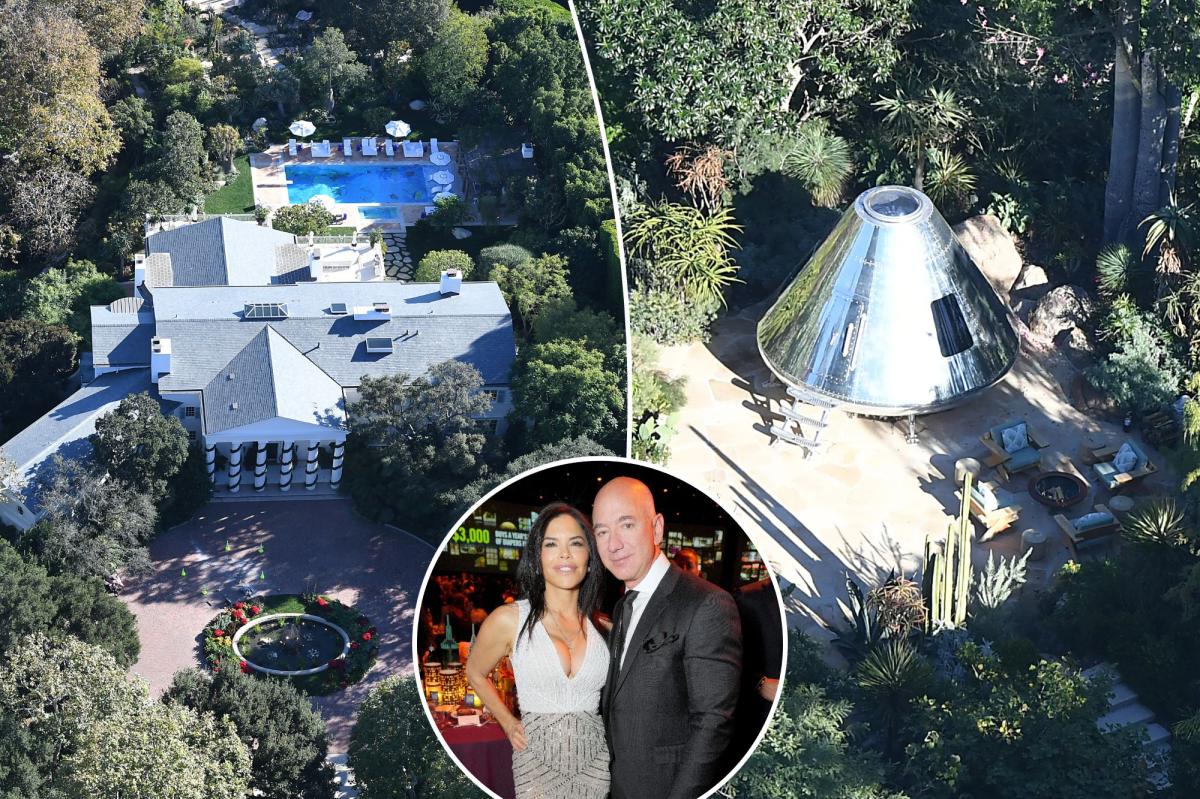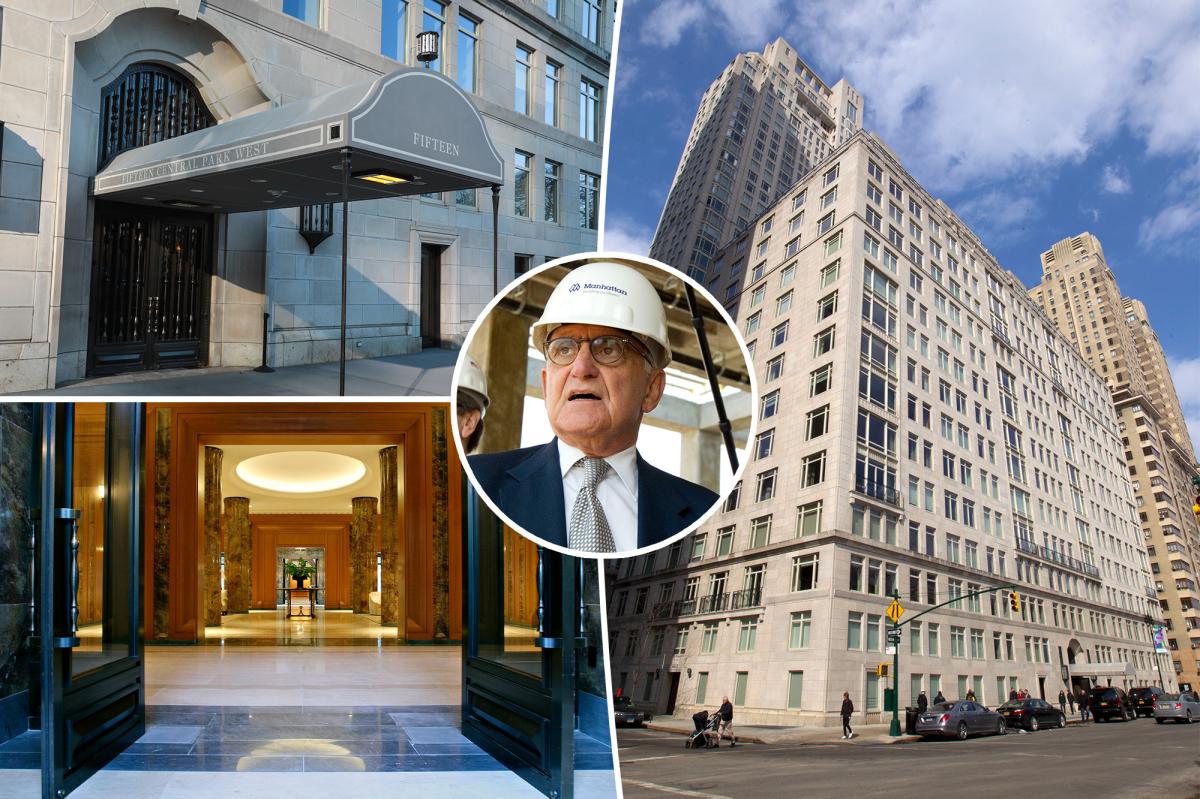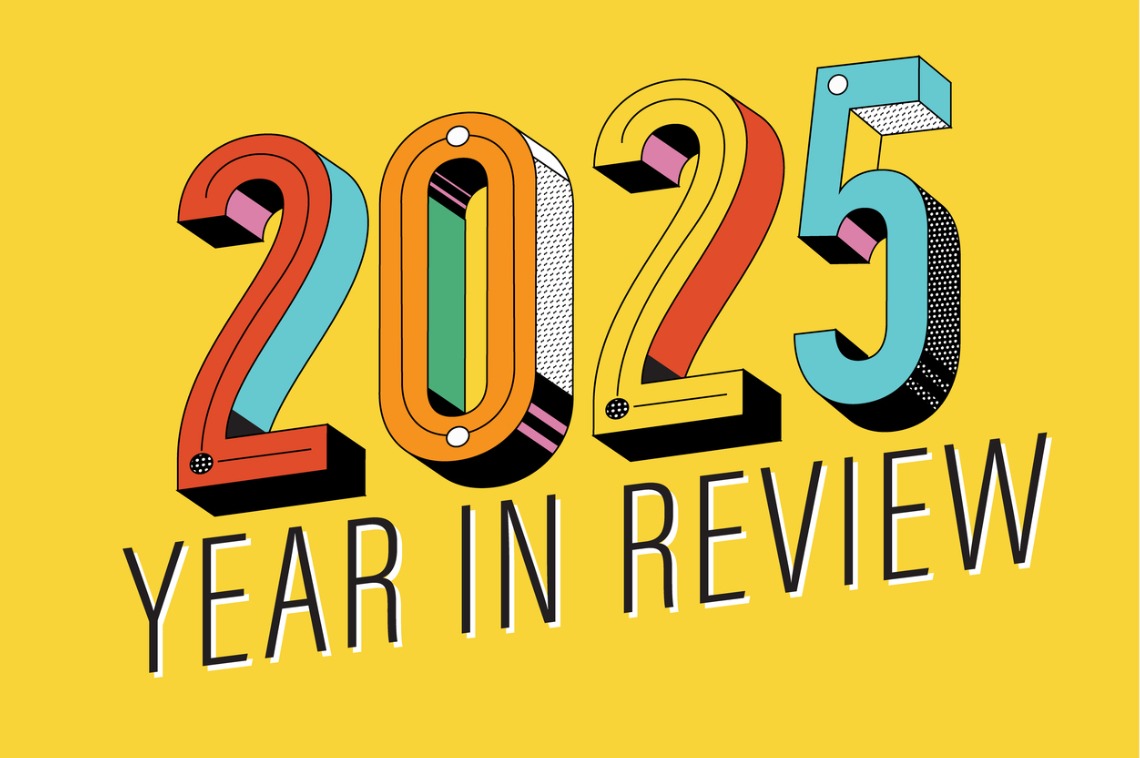B
etween July 2024 and July 2025, roughly one‑third of Manhattan condominiums were sold at a loss, reports luxury broker Brown Harris Stevens. In a city burdened by steep transaction fees and high taxes, such outcomes are not unheard of. What stands out, however, is the volatility of Manhattan’s real‑estate values over the last decade. In November 2015, a square foot in the borough fetched $1,562; by fall 2025 that figure had dropped to $1,108, according to Redfin. The decline accelerated during the Federal Reserve’s tightening cycle from 2022 to 2024, compounded by a slump in foreign‑buyer interest and currency swings between the dollar and the euro.
Jonathan Miller, CEO of Miller Samuel, notes, “I think there’s probably more upside over the next decade than the last.” Yet many first‑time buyers remain excluded from the high‑end market. “I’m seeing more people in their early 30s, often with parental help, moving from uptown to downtown, empty‑nesters, younger families—less international,” Bess Freedman, Brown Harris Stevens CEO, told CNBC’s Robert Frank.
The rent surge reflects the affordability gap. Pierre Debbas, a New York‑area real‑estate lawyer, says, “That’s why rents went up so much; people can’t afford to buy.” Zumper reports the median Manhattan rent at $4,973, a 10 % rise from last year. A buyer of the median condo—priced at $1,650,000 per Miller Samuel—would need a 20 % down payment and a 6.25 % mortgage, pushing monthly principal and interest above $8,000. Consequently, even affluent residents are opting to rent.
Mayor‑elect Zohran Mamdani’s campaign spotlighted affordability, proposing higher taxes on the wealthy and a rent freeze for roughly one million rent‑stabilized units. Analysts warn this could lift rents on an estimated 1.2 million market‑rate units. Miller predicts landlords will shift costs onto the open‑market units they control. Watch the accompanying video to see how Manhattan’s market is evolving.













